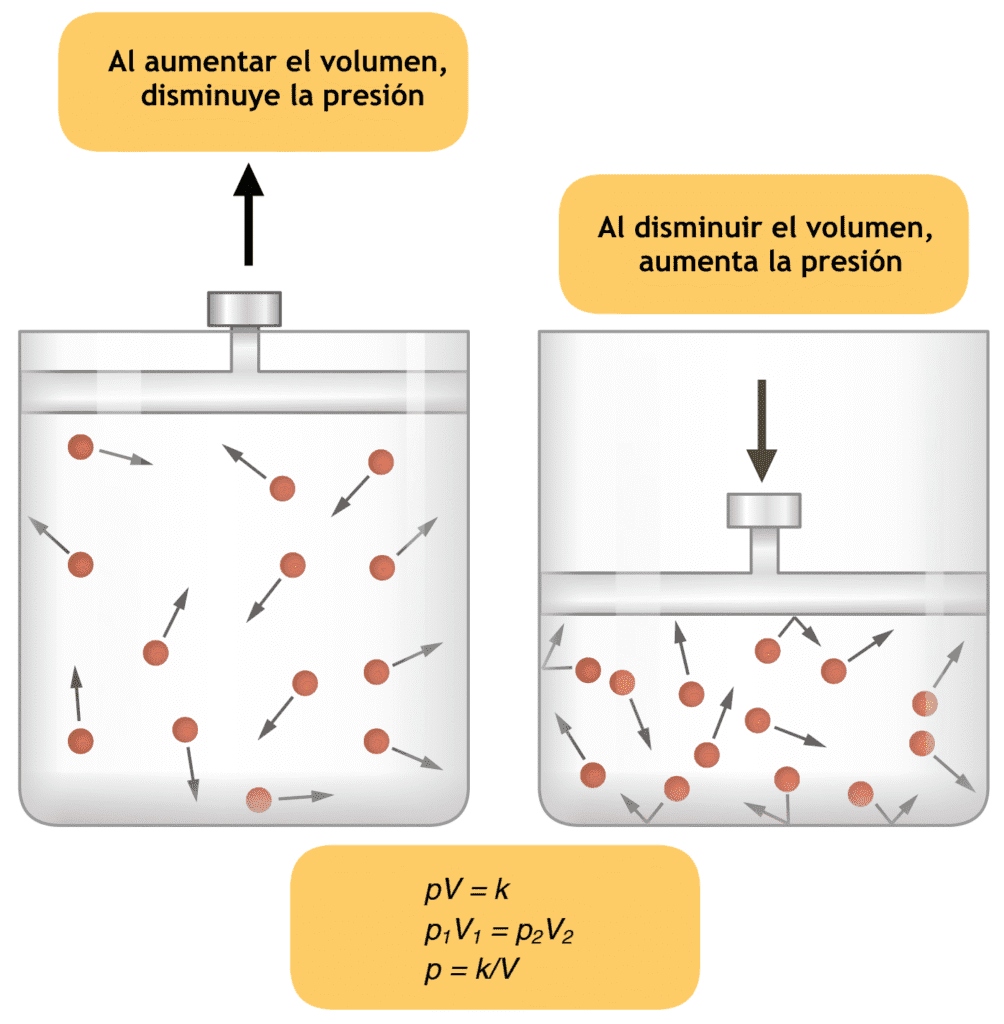The discovery of anesthesia Inhalation agents heralded the era of modem anesthesia.
In 1842, the first general anesthetic administered was recorded by CF Long and W Clarke using diethyl ether; however, they did not publicize it.
The first successful public demonstration of anesthesia Inhalation agents was by W.T.G. Morton on 10th October 1846 at the Massachusetts General Hospital Boston, USA; which even today is celebrated as “Ether Day”.
It was introduced in UK in Dec 1846 and in India at Calcutta in January 1847.
Chloroform was introduced by JY Simpson in Edinburgh, UK for painless labor. These two agents were in use for nearly a century.
Nitrous oxide was introduced in 1846 by Horace Wells in USA; unfortunately his first public demonstration failed, but subsequently introduced and is in use as anesthesia Inhalation agents even today. Cyclopropane was discovered in 1930 in Toronto, Canada; now in disuse because of flammability and sympathetic stimulation.
The other agents introduced were di-vinyl ether, ethyl chloride and trichloroethylene. Newer agents were developed because ether and cyclopropane were flammable; chloroform was cardiac and hepatotoxic; trichloroethylene produced toxic gases with soda lime and methoxyflurane produced renal damage due to release of large amounts of fluoride ions.
The introduction of halogenated hydrocarbons produced a series of stable, less toxic substances with a lower boiling point, increasing the safety of modern anesthesia Inhalation agents .
KINETICS OF Anesthesia Inhalation Agents
1. Vapourization
2. Delivery to the patient by carrier gas
3. Pulmonary ventilation
4. Absorption in the alveoli into blood
5. Into the heart and circulated to the brain
6. Uptake by brain
7. Unconsciousness

